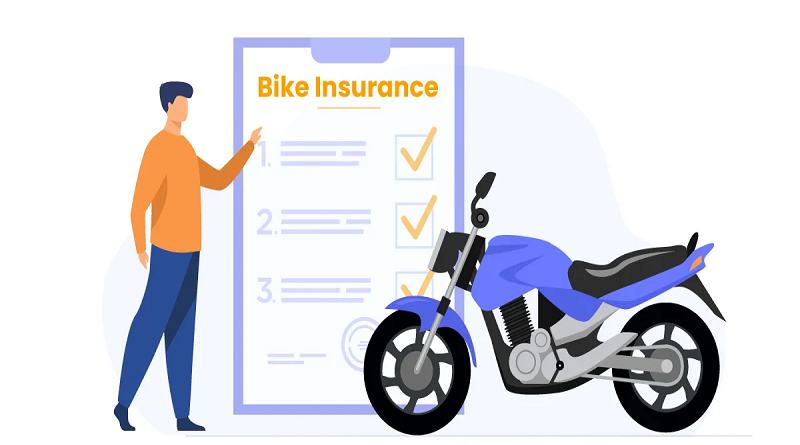Unlocking The Secrets Of Slipper Clutch: A Complete Guide To This Unique Mechanism
The slipper clutch, a technological marvel in high-performance motorcycles, addresses the challenges of rapid downshifting as a back-torque limiter. Enhancing control and safety during dynamic rides, our guide delves into the intricacies of this mechanism, unravelling its secrets and exploring its operation, types, advantages, and impact on the biking experience. Moreover, we explore the implications of slipper clutches in the context of bike insurance policies.
A slipper clutch, a back-torque limiter, is crucial in high-performance motorcycles, preventing the rear wheel from locking during rapid downshifts, ensuring a smoother and safer ride.
Operation Of Slipper Clutches
Traditional clutches can lead to skids and traction loss during engine braking. In contrast, a slipper clutch allows controlled slippage between the clutch plates as the rear wheel slows down. This mechanism reduces torque applied to the rear wheel, preventing lock-ups and maintaining control during rapid downshifts.
Advantages Of Slipper Clutches
- Better Control: Riders can maintain control during quick downshifts, preventing the rear wheel from locking up.
- Reduced Wear And Tear: Controlled slippage minimises strain on the gearbox, resulting in decreased wear and tear on the motorcycle.
- Smoother Ride: Slipper clutches provide smoother engagement and disengagement, leading to less jerky gear shifts and an overall smoother ride.
Types Of Slipper Clutches
- Mechanical Slipper Clutch: Utilises a ramp and ball system for slip creation, requiring regular maintenance.
- Hydraulic Slipper Clutch: Regulates pressure on clutch plates using a hydraulic piston, offering better consistency with lower maintenance needs.
- Electromagnetic Slipper Clutch: This mechanism utilises an electromagnetic coil to control pressure on the clutch plates, offering the most sophisticated but costly mechanism.
Drawbacks Of Slipper Clutches
- Cost Increase: Slipper clutches are more expensive due to their complexity, potentially raising the overall cost of the motorcycle.
- Extra Weight: The weight from slipper clutches can impact the bike’s responsiveness and handling.
- Decreased Engine Braking: Rapid downshifting with slipper clutches lessens the impact of engine braking, potentially affecting seasoned riders accustomed to traditional engine braking.
Installation And Maintenance
Installing a slipper clutch demands mechanical expertise, requiring disassembly and adherence to manufacturer instructions. Routine maintenance, such as cleaning, lubrication, and inspection, ensures prolonged optimal performance. In the realm of motorcycle enthusiasts, the slipper clutch stands out as a silent hero, transforming how riders navigate roads. Our guide unveils its intricacies, highlighting benefits and addressing drawbacks.
As riders embark on the journey of optimising their bikes for peak performance, it’s crucial to pay attention to financial protection. Bike insurance policies, with considerations for bike insurance renewals and premiums, serve as a vital safeguard against unforeseen events. Before finalising the purchase of a new motorcycle, it’s essential for riders to carefully evaluate the associated bike insurance premium to ensure comprehensive coverage without compromising their budget. Claims are subject to terms and conditions set forth under the motor insurance policy.
Comparing bike insurance online ensures riders make informed decisions, striking the right balance between performance enhancement and financial security. By understanding the secrets of the slipper clutch and aligning it with a robust bike insurance policy, riders can genuinely unlock a harmonious and exhilarating riding experience. Claims are subject to terms and conditions set forth under the motor insurance policy.
Standard T&C Apply
Disclaimer: The content on this page is generic and shared only for informational and explanatory purposes. It is based on several secondary sources on the internet and is subject to changes. Please consult an expert before making any related decisions.
Insurance is the subject matter of solicitation. For more details on benefits, exclusions, limitations, terms, and conditions, please read the sales brochure/policy wording carefully before concluding a sale.

